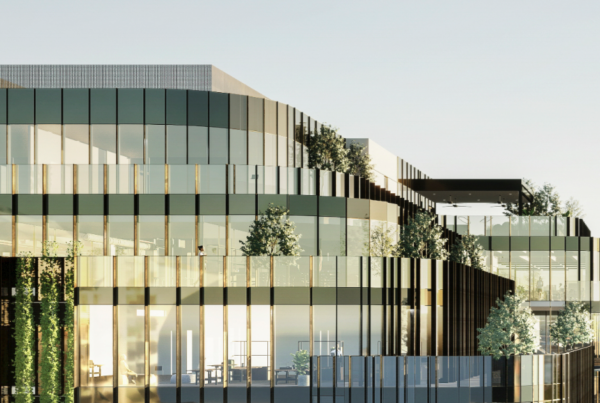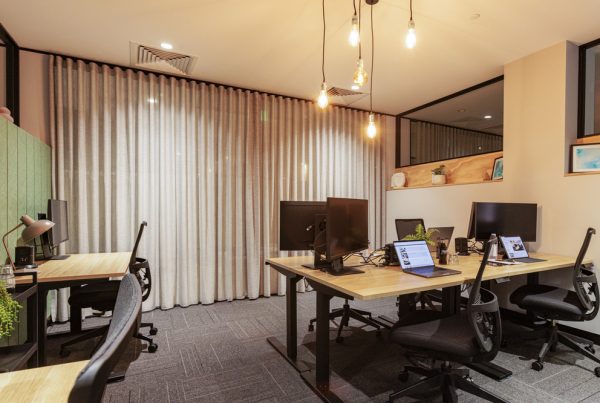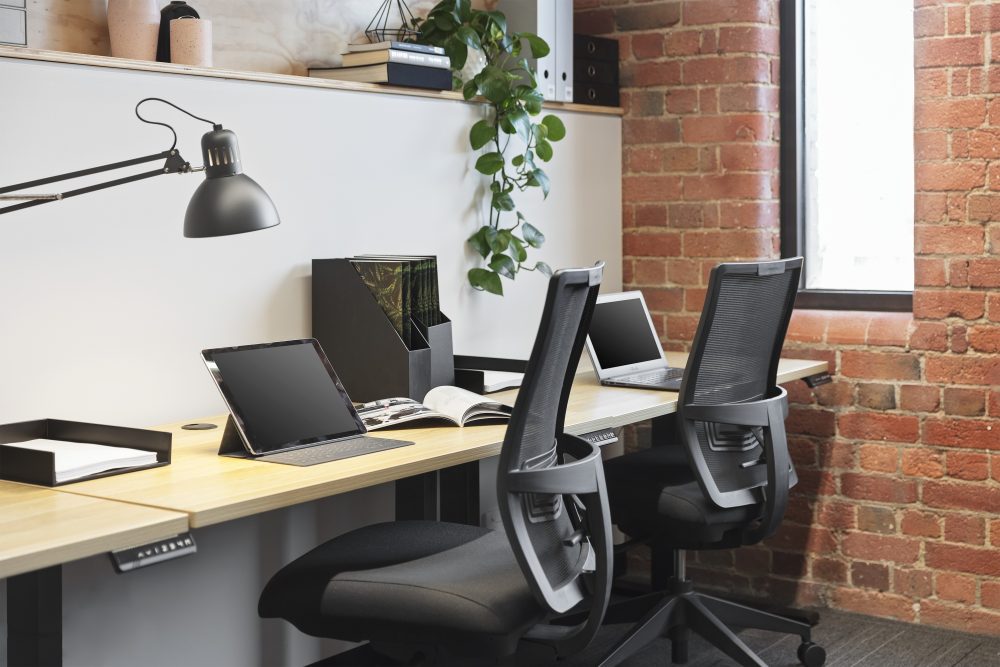
While there were some reported cases of coworking spaces opening in the 1990s, the concept didn’t take off until 2005. Since then, with advancements in technology and changes in the way we do business, coworking trends have become increasingly popular among small businesses and individuals looking to grow their enterprises.
In the last three years alone, these workforce models have increased by almost 1000 percent in Melbourne. Why? Because they provide an affordable and flexible way for employees to access office space, all while sharing it with like-minded people.
Since this trend’s inception, the coworking space has evolved significantly. Ultimately, there are already new trends emerging in 2024 that are shaping the way these types of environments will operate in the future.
More people are shifting their business to co-working spaces
Research estimates that almost 12 percent of all commercial office spaces in 2030 will be made up of coworking and serviced offices. That is not only enormous in terms of volume, but what it means for the Australian economy.
Global workspace provider Regus predicts that it will equate to a $122 billion increase in our economic output, due to reduced overheads and greater productivity.
More amenities and facilities are being incorporated
As these coworking spaces mature and grow in popularity, the market is becoming more competitive. With this, users have created new demands. Because of this nature, we’re seeing these types of environments pop up in expected locations – such as India.
Existing coworking spaces already have a raft of features including kitchens, boardrooms, and even gyms and yoga rooms. Add to that the mix of high-end meeting rooms, functionalities, and spaces, and there’s a lot to look forward to in this field.
Coworking spaces are being geared towards start-ups
When the concept of coworking spaces first became a reality, it was a melting pot of people from different backgrounds with different objectives.
Unfortunately, that meant less reputable business operators were being mixed in with young entrepreneurs – with mixed results.
Coworking spaces are now mostly targeted at small businesses that are aiming for rapid expansion, particularly in the tech fields. It encourages people from different industries to come together to collaborate and feel comfortable working together in the same space.


The pay-per-use model
When an individual or small business leases traditional commercial space, they usually pay for everything. All overheads are heaped on the start-up, from electricity to security and shared amenities like board rooms, kitchens, bathrooms and office supplies.
Coworking spaces mean you can pay for the time you utilises the environment, but a trend is developing where you can opt to pay for what you plan to use. This isn’t blanket-fold across the industry, but has been spotted in some locations across the globe.
Embracing professional mothers
In Australia, mother’s returning to work or just taking on more of a career focused are quick to be embraced. In fact, across the country, around 53.4 percent of mothers are active within the workforce. Add to this the rise of female leadership, and coworking spaces are quickly becoming a hotspot for gender-diverse businesses backing these patterns.
To put that into perspective, coworking spaces foster a positive environment that allows for neutrality and collaboration. Women who may have struggled in traditional office atmospheres in the past are coming back to work after having kids, all within a comfortable, friendly and welcoming work environment. And that’s always a bonus.
Looking to see what United Co. offers?




